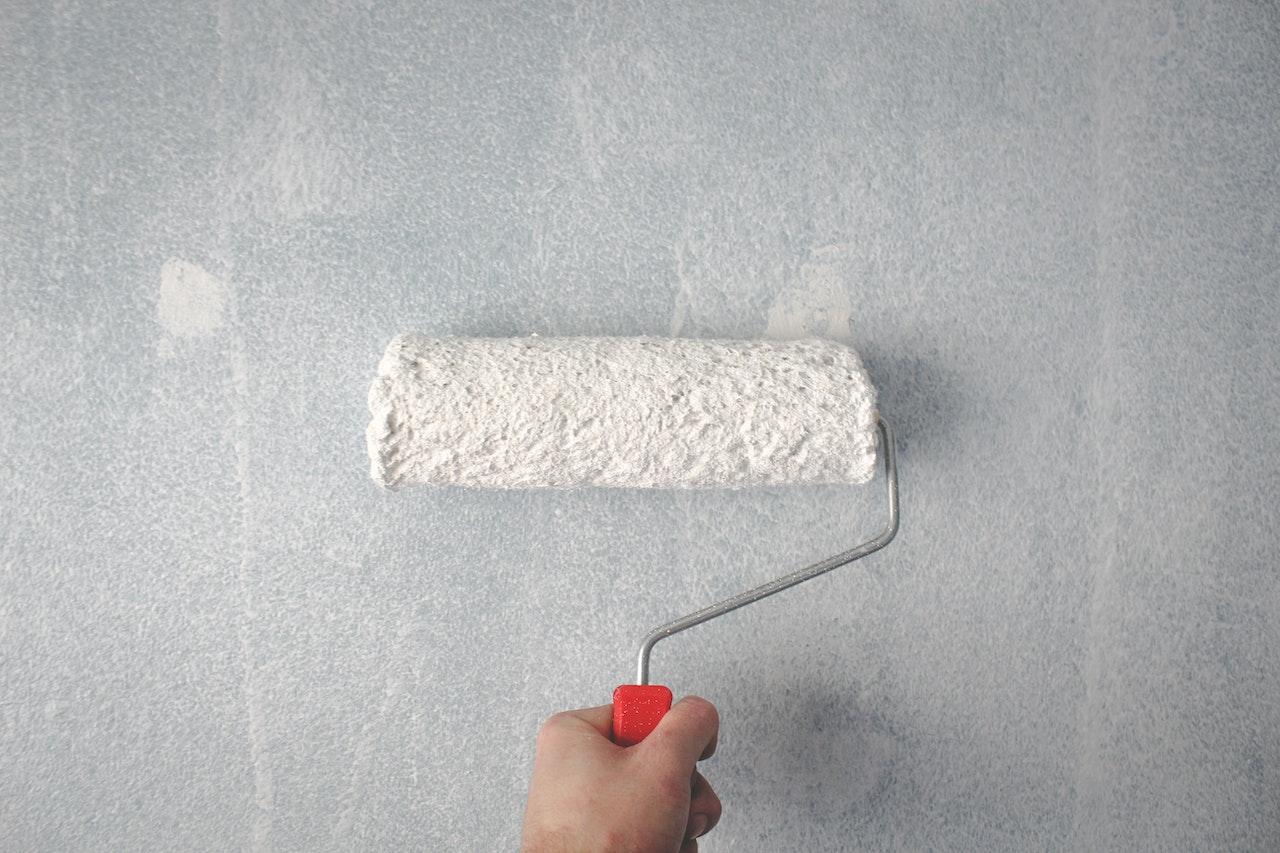Imagine a wall that is freshly painted and looking smooth. You return to it after a few months and find the paint chipping away! In this blog post, we’ll discuss the importance of using primer before painting.
Fundamentals of a Paint Primer
A paint primer is a sealant used as a base for fresh paint. It acts like an adhesive that better helps the new paint coat stick to the wall. Paint primers also provide additional protection and help even out any surface irregularities, creating smoother walls.
How to Use Paint Primer
Using a primer is a simple yet effective way to ensure the best possible results for your painting project. The type of primer used will depend on the painted surface, and particular primers are better suited for specific tasks than others.
#1. Choose the Right Primer
When selecting a primer, make sure to choose one that is specifically made for the surface you’re painting. For example, specific primers are designed for metal surfaces, while others work best on wood or drywall.
It’s also essential to consider factors such as the paint color and finish you plan to use, as specific primers are better suited for these finishes than others.
#2. Prepare the Surface
Before applying primer, you must prepare the surface by cleaning it thoroughly and removing any dirt, debris, or other materials that would prevent the primer from adhering correctly.
This includes sanding down high points or filling in cracks, holes, or other imperfections with spackle.
#3. Apply Primer
Once the surface is prepared, you can apply primer using a brush, roller, or sprayer. Start at the top for the best results and work downward in overlapping strokes. Make sure to let the primer dry thoroughly before continuing.
#4. Paint
Once the primer is dry, you can go ahead and paint. As with applying primer, start at the top and work downward in overlapping strokes. Depending on the type of paint used, you may need to apply multiple coats for proper coverage.
If you want to avoid dealing with it, you can hire a professional. A professional can correctly apply the primer and paint, saving you time and money.
Benefits of Using Paint Primer Before Painting
#1. Enhances Adhesion
Primers are designed to create a bonding surface between the substrate and the paint. Primers are designed to create a bonding surface between the substrate and the paint, creating a stable foundation for the paint to adhere to.
This improved adhesion ensures the paint will stick evenly and firmly, reducing the risk of peeling, chipping, or flaking.
#2. Promotes Even Color and Finish
Paint primer also helps promote an even color and finish. It acts as a base coat that seals porous surfaces and even surface texture variations, such as patches, spackling, or repairs.
By providing a consistent surface, primer minimizes paint absorption, preventing blotches and streaks and resulting in a uniform color and finish. This is particularly important when transitioning from a dark-colored surface to a lighter shade, as primer blocks the underlying color and ensures the paint’s color is achieved.
#3. Covers Stains and Discolorations
Certain surfaces, such as water stains, smoke damage, or dark-colored walls, may contain stains or discolorations that can affect the appearance of the paint. Paint primer is specifically formulated to cover up these stains, preventing them from bleeding through the paint and causing unsightly discolorations.
Whether water stains on a ceiling or a nicotine-stained wall, using primer can effectively block these blemishes and provide a clean, fresh surface for painting.
#4. Increases Paint Durability and Longevity
Another significant advantage of using paint primer is that it helps to increase the durability and longevity of the paint job. Primer creates a protective barrier between the surface and the paint, protecting against moisture, stains, and other environmental factors.
This is particularly important in high-traffic areas or exterior surfaces exposed to harsh weather conditions. By adding an extra layer of protection, primer helps to prevent the paint from cracking, peeling, or fading prematurely.
#5. Saves Time and Money
While some may consider primer an additional step in the painting process, using primer can save you time and money in the long run. Primer helps the paint adhere more effectively, allowing for better coverage and reducing the number of paint coats required.
With proper priming, you can achieve satisfactory coverage with fewer layers of paint, saving both time and money on paint materials. Additionally, by providing a stable base, primer can help extend the lifespan of the paint job, reducing the need for frequent touch-ups or repainting.
#6. Reduces VOCs
Paint primers can also reduce volatile organic compounds (VOCs) released during application. Primer is typically made with fewer VOCs than paint, meaning that by using primer, you can minimize the amount of harmful emissions released into the environment during the painting process.
This is particularly beneficial when painting interior walls or other enclosed spaces, as it helps to improve air quality and minimize health risks associated with VOC exposure.
Conclusion
Using a paint primer before painting is an important step that can save you time and money. It provides a stable base for the paint to adhere to, ensures even color and finish, covers stains and discolorations, increases durability and longevity, and reduces VOCs.
Taking the extra time to apply primer can help you achieve professional-looking results and prolong the life of your paint job.
For best results, always use a high-quality primer specifically formulated for your painting surface. With proper preparation, you can ensure a professional finish and enjoy your newly painted walls for years.




